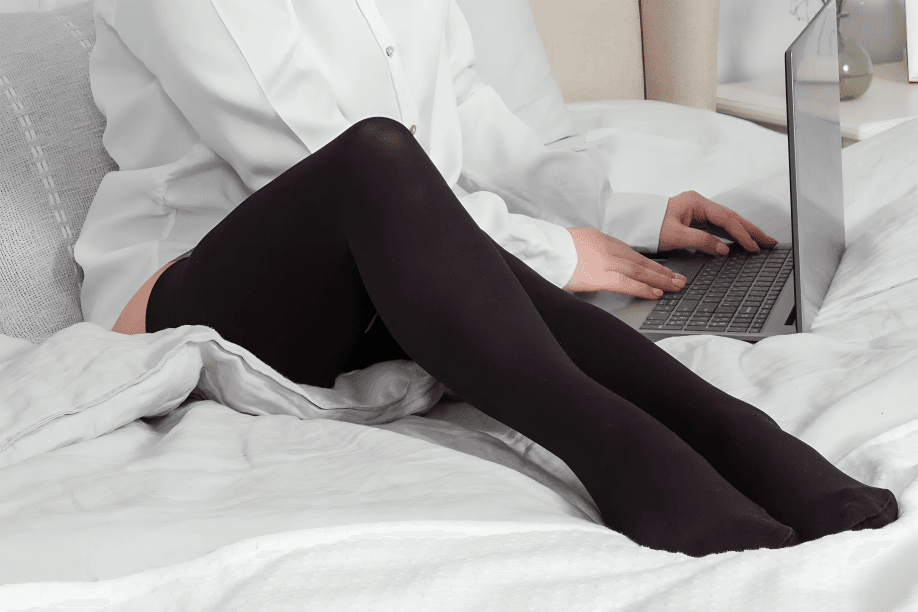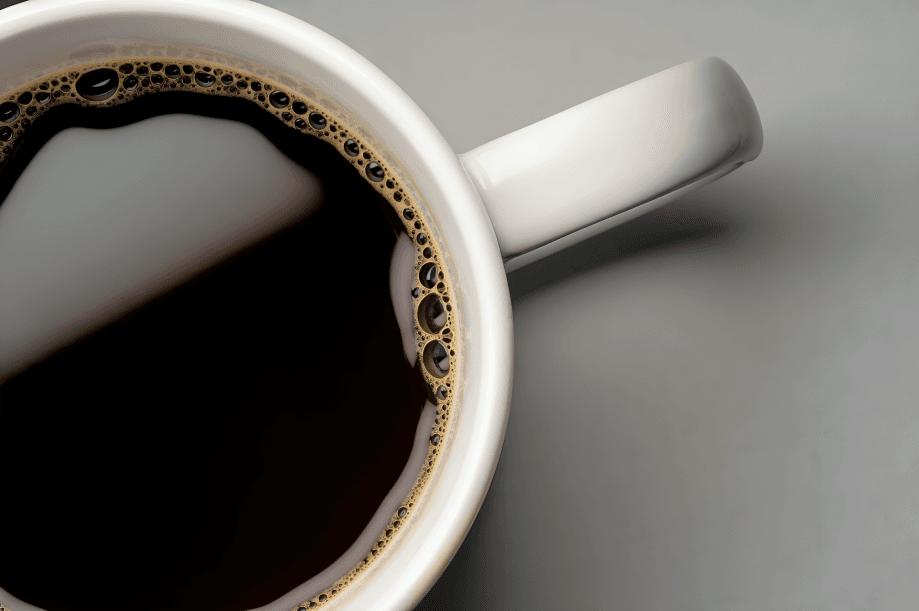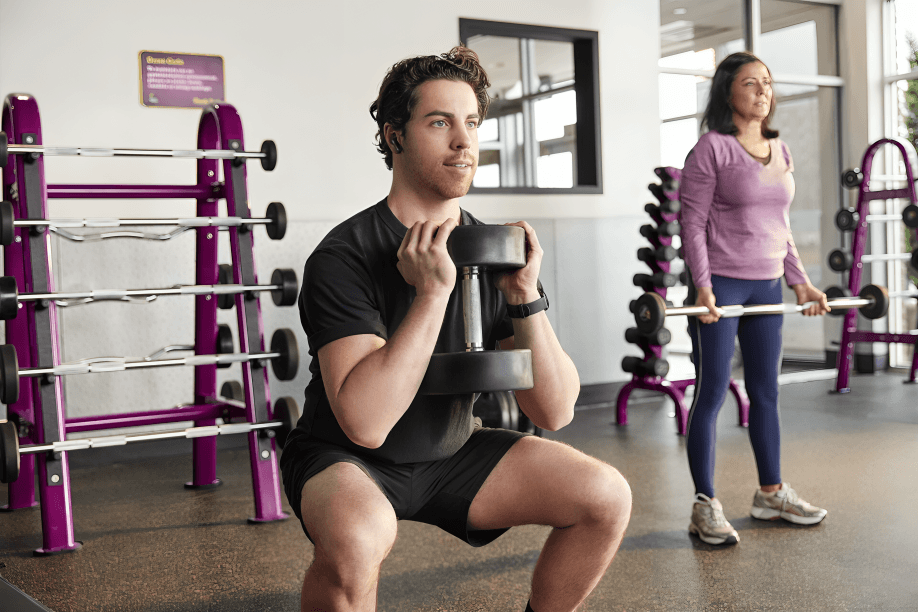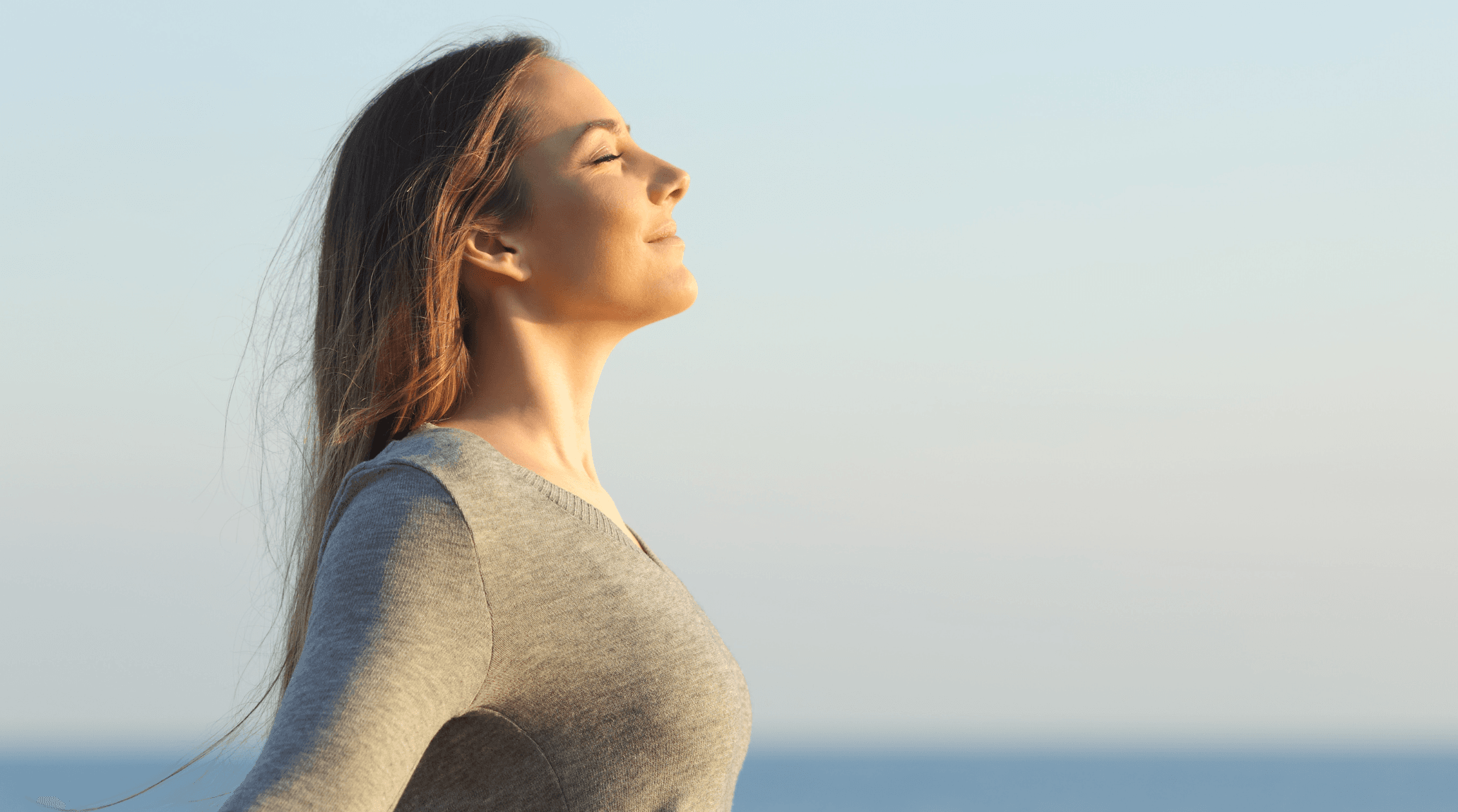
“
Maintaining strong, flexible veins and efficient blood flow is essential for overall well‑being. Tips to improve vein health and circulation involve practical lifestyle choices—from movement habits to dietary tweaks—that support vein walls, reduce pooling, and enhance vascular performance naturally.1
1
”
Regularly walking or cycling stimulates calf muscles to act like pumps, propelling blood upward and preventing pooling in lower limbs over time. 1
Elevating legs above heart level for 10 minutes daily eases pressure on vein walls, promotes venous return, and helps reduce swelling after prolonged standing. 2

Wearing properly fitted graduated compression stockings enhances circulation by gently squeezing calf veins, reducing blood buildup, and improving comfort for individuals with varicose veins.
Consuming a diet rich in flavonoids—found in citrus fruits, berries, and dark leafy greens—supports vein elasticity and strengthens vessel walls naturally. 3
Staying hydrated ensures optimal blood viscosity, preventing thickened blood that makes it harder to circulate efficiently, especially in hot or dry climates. 4
Maintaining a healthy weight relieves excess pressure on leg veins, decreasing the risk of venous insufficiency and supporting better circulation overall. 5
Engaging in calf‑raising exercises while seated or standing promotes blood flow in deep veins and strengthens calf muscle pump function. 6
Avoiding long periods of immobility—such as sitting on flights or at desks—reduces the risk of blood stagnation and encourages regular circulation. 7
Reducing sodium intake helps prevent fluid retention, lessening strain on vein walls and improving comfort for people prone to swelling. 8
Quitting smoking improves vascular tone and reduces inflammation in veins, promoting healthier circulation and lowering the risk of vein damage. 9

Limiting excessive caffeine stabilizes blood pressure and prevents constriction of peripheral veins, supporting smoother circulation without overtaxing vessel walls.
Practicing yoga poses like legs‑up-the-wall increases venous return, gently stretches muscles, and encourages improved circulation throughout the lower body. 10
Scheduling regular massage or self‑massage highlights standing and lymphatic and venous drainage, relieving tension and swelling after prolonged inactivity. 11
Incorporating regular breaks during long drives or flights—standing and stretching—prevents blood from pooling in lower legs and boosts circulation. 12
Wearing loose, comfortable clothing—rather than tight garments—supports unrestricted blood flow through legs and abdomen, reducing vein compression. 13
Ensuring sufficient vitamin C intake fuels collagen production in vein walls, promoting flexibility and resilience against pressure changes. 14

Adding gentle strength training three times weekly promotes overall muscle tone, indirectly supporting vascular structure and healthy circulation.
Avoiding high‑heels for extended periods encourages natural calf muscle use and enhances venous return without hindering natural gait. 15
Using warm compresses or warm baths helps dilate surface veins, easing blood flow and relieving tension after long hours on feet. 16
Final reflection: as Aristotle observed, well‑balanced habits reflect disciplined life—applying consistent movement, mindful eating, and proper rest nurtures vascular harmony.17


